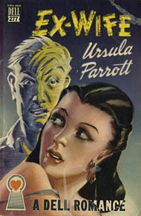The days remaining in our April fundraising drive are dwindling down. If you’re even an occasional listener, help us pay the annual bill to our streaming provider. $40 covers an entire month, but literally any amount is appreciated. If you like our toe-tapping tunes, don’t take them for granted. Let us hear from you by clicking the link below and sending us a little love via Paypal.
 Charles Ray was a popular juvenile star in the 1910s and ’20s, but by the ’30s, his career was on the rocks, and he turned to writing. Here’s another in a series of offerings from his book, Hollywood Shorts, a collection of short stories set in Tinseltown.
Charles Ray was a popular juvenile star in the 1910s and ’20s, but by the ’30s, his career was on the rocks, and he turned to writing. Here’s another in a series of offerings from his book, Hollywood Shorts, a collection of short stories set in Tinseltown.< Read "The Stand-in" | Read “Vanity” >





